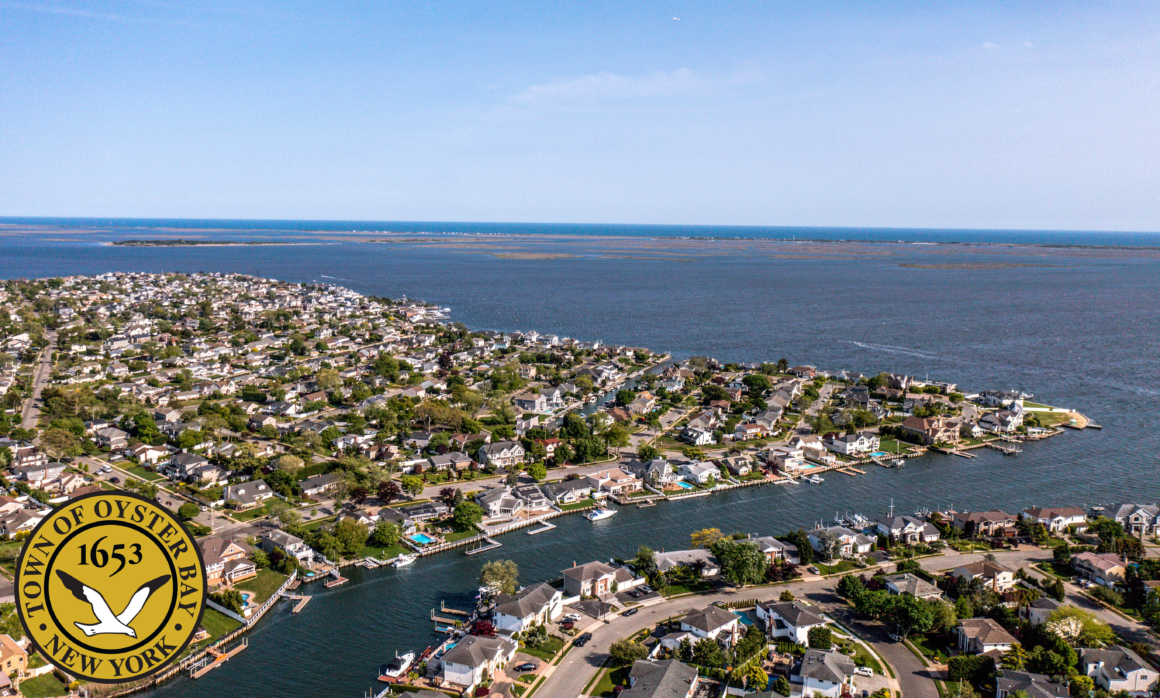Oyster Bay Town Supervisor Joseph Saladino announces that the Town has completed a multi-million-dollar flood diversion and control project on several roadways throughout the southern portion of Massapequa. The project, which amounted to upwards of $12 million, was completed at no cost to Town taxpayers as it was fully funded through Federal grant monies awarded to the Town of Oyster Bay.
Supervisor Saladino stated, “The flood mitigation measures installed on local south shore roadways will help to better protect homes and neighborhoods from Mother Nature, providing them with a first line of defense when defending against tidal flooding. While more Federal money is needed to address other low-lying areas in our community, these investments are a good start in helping provide a peace of mind to many residents during a major storm event.”
Roadways which received new drainage infrastructure had been subject to significant flooding issues, especially during Superstorm Sandy. Following the impacts on coastal communities following Superstorm Sandy, the New York State Governor’s Office established the New York Rising Community Reconstruction Program as a means to administer Federal grant funds intended to help rebuild hard hit communities and help mitigate any further flooding issues in the future. Under the program, the Massapequas were designated as one such reconstruction zone, and numerous projects have been undertaken in the area utilizing these federal grant funds.
Under this specific road reconstruction and drainage infrastructure project, five areas of the Massapequas received a variety of flood mitigation measures due their low-lying nature and tendency for flooding. Streets included in the project were Harbor Place, Cabot Road West, Brewster Road, Seneca Place, Division Avenue, Brockmeyer Drive, Clearwater Avenue, Iroquois Place to Unqua Circle, Pennsylvania Avenue, Philadelphia Avenue and Front Street. Work included complete drainage restoration, increased capacity for drainage through measures such as changing the diameter and pitch of underground piping, adding underground water retention systems, and installation of tidal check values, as well as sometimes increasing full elevation of roadways. Some areas received full gas and water infrastructure, as well as new sidewalks.

